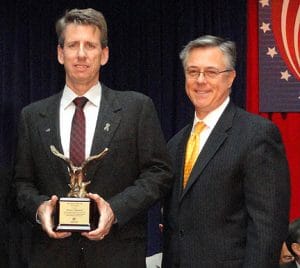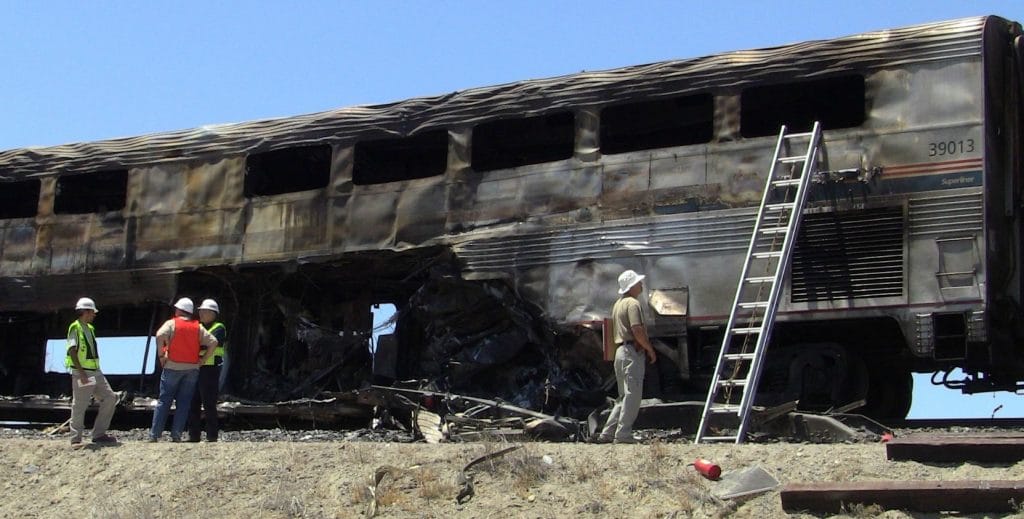WASHINGTON — The Obama administration is pushing for a six-year, $53 billion investment in high-speed, higher-speed and expanded passenger rail service, but a fight is brewing with congressional Republicans.
An initial $8 billion in funding for these rail projects is expected to be included in the president’s fiscal year 2012 budget request that will be transmitted to Congress next week.
Vice President Biden and Transportation Secretary Ray LaHood lifted the curtain on the proposal Feb. 8 at a Philadelphia press conference, announcing the Obama administration wants the $53 billion focused on three areas of development:
- Core express that will develop electrified high-speed trains operating between 125 and 250 mph on dedicated track reserved for these trains.
- Regional trains that will operate between 90 and 125 mph.
- Emerging rail where trains will operate up to 90 mph — intended to expand rail service to regions of the nation not currently served.
No specifics were provided.
Said Biden: “As a longtime Amtrak rider and advocate, I understand the need to invest in a modern rail system that will help connect communities, reduce congestion and create quality, skilled manufacturing jobs that cannot be outsourced.”
Republican leaders were quick to respond — and not positively. Congressional approval of the Obama administration rail plan must begin with the House Transportation and Infrastructure Committee.
The committee’s chairman, Rep. John Mica (R-Fla.), and the chairman of the Rail Subcommittee, Rep. Bill Shuster (R-Pa.), called the administration’s rail plan equivalent to “giving Bernie Madoff another chance at handling your investment portfolio.” Madoff is serving a 150-year jail term, having been convicted of what was called the largest investor fraud in U.S. history.
Mica and Shuster criticized the Obama administration’s rail policies, alleging “the Federal Railroad Administration is neither a capable grant agency, nor should it be involved in the selection of projects.”
They said that what the Obama administration so far has “touted as high-speed rail ended up as embarrassing snail-speed trains to nowhere.”
Mica said he would prefer federal money to be spent on the federally owned Northeast Corridor, operated by Amtrak, which he called “the most congested corridor in the nation.” The Northeast Corridor connects Washington, D.C., Philadelphia, New York and Boston.
Federal spending on passenger-rail projects, some of which will benefit freight railroads, is part of a broad jobs-creation initiative of the Obama administration. In his State of the Union message in January, Obama spoke of providing high-speed rail access to 80 percent of Americans within 25 years.
During 2010, the administration, through the Federal Railroad Administration, awarded $10.5 billion in federal grants to 15 state for rail projects. Two of the states — Ohio and Wisconsin, both with Republican governors — rejected the federal money, saying their states couldn’t afford to pay for the bulk of the projects’ costs and the expected future operating subsidies.
Included in the $10.5 billion grants in 2010 was $2.3 billion toward a $40 billion, 800-mile California high-speed rail project intended to link Sacramento, San Francisco, Los Angeles and San Diego; and $1.25 billion toward a $2.3 billion, 84-mile Florida high-speed rail project intended to link Tampa with Orlando (and, eventually, Miami). Mica, from Florida, has not opposed that Florida project outright, but said he wants to see the private sector commit at least $300 million to the project before it moves forward.


